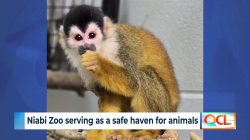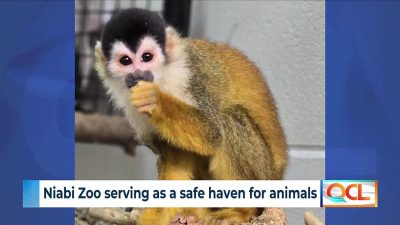Each summer, blister beetles—especially species in the Epicauta genus—become highly active across U.S. farms and fields. These slender, soft-bodied beetles might look harmless, but they carry a powerful natural toxin called cantharidin. While it helps them fend off predators, it poses a serious risk to livestock, particularly horses, and even to humans through direct contact.
The Hidden Danger of Cantharidin
Cantharidin isn’t something you can see or smell, but its effects are real. Even a small amount can cause blistering on the skin—and far worse for animals.
-
Humans
can develop painful blisters simply from touching a beetle or hay contaminated with their crushed bodies. -
Horses
, especially, are at risk. Eating hay with just a few crushed beetles can lead to mouth ulcers, kidney failure, colic, and even death. Some beetles carry up to 5 mg of toxin, and a dose of just 1 mg per kg of body weight can be fatal to horses.
Why These Beetles Swarm Fields

Blister beetles don’t just appear randomly. Certain conditions make fields and pastures ideal for outbreaks.
-
Swarming behavior
: During bloom season, beetles gather in large numbers, especially on flowering plants like alfalfa. -
Harvest timing
: Cutting hay during peak bloom increases the risk of trapping beetles in bales. -
Field conditions
: Fields with high grasshopper populations often attract more blister beetles because the beetle larvae feed on grasshopper eggs.
Reports From the Ground
Farmers in Oklahoma, South Dakota, and parts of the Midwest have reported blister beetle infestations in hay meadows and lawns. In multiple veterinary cases, horses showed colic-like symptoms, darkened urine, or stopped eating—often dying within 48 to 72 hours if not treated immediately.
How To Protect Your Livestock and Property

Prevention starts with knowing when and where blister beetles are likely to appear. Here’s what experts recommend:
-
Scout fields before harvesting
: Check under weeds, on alfalfa blooms, and field edges for visible beetle activity. -
Harvest before full bloom
: Beetles are most active during bloom—cutting early helps avoid them. -
Avoid crushing beetles
: Hay conditioners can crush beetles and release toxins. If beetles are spotted, delay harvest or switch equipment. -
Wear protection
: Long sleeves and gloves protect your skin from accidental contact when handling hay or gardening. -
Keep hay for horses clean
: Only use hay from trusted, low-risk fields. First-cutting hay is usually safer if harvested early.
Prevention at the Root
Reducing beetle-friendly conditions in and around fields helps long term:
-
Control flowering weeds
: Plants like pigweed and ironweed attract beetles—remove them early. -
Limit grasshoppers
: Fewer eggs mean fewer beetle larvae next season. Managing grasshopper populations with safe pest control can help reduce future beetle numbers.
“Be On The Lookout For Blister Beetles,” Source: YouTube, Uploaded: SUNUPTV
Final Takeaway
Blister beetles may be small, but the risks they bring are massive. Their toxic cantharidin can endanger both humans and animals, especially through contaminated hay. Farmers, gardeners, and livestock owners must stay alert—scouting early, harvesting smart, and protecting themselves and their animals from this hidden summer threat.
The post
Blister Beetles Threaten U.S. Hayfields and Horses
appeared first on
Animals Around The Globe
.











